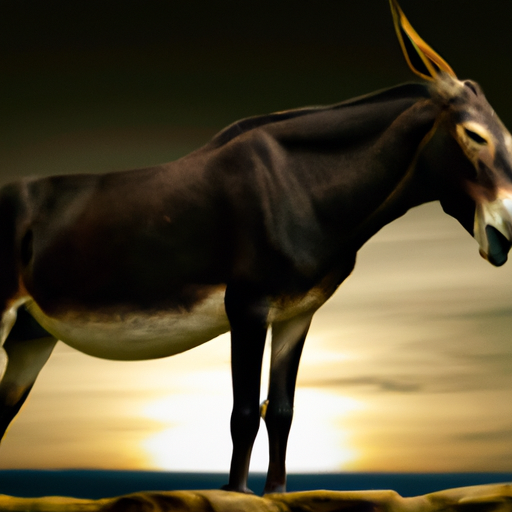 Introduction:
Introduction:
The Bible, regarded as the sacred text of Christianity, is a rich and diverse collection of books that provides guidance, wisdom, and spiritual teachings. Within its pages, animals play a significant role, serving as symbols, companions, and even messengers from God. In this extensive article, we embark on a journey to discover the multifaceted presence of animals in the Bible, exploring their historical, cultural, and theological significance.
1. Animals in Creation:
The Genesis account narrates the creation of animals, emphasizing their vital role in the natural world. God, as the divine architect, designed animals with great care, assigning them specific traits and roles within the ecosystem. From the majestic lions to the humble sparrows, animals reflect God’s creative power and demonstrate His love for all His creatures.
2. Animals as Symbols:
Throughout the Bible, animals are often employed as powerful symbols, representing various qualities or characteristics. For instance, the lamb symbolizes innocence and sacrifice, while the lion embodies strength and courage. Additionally, the serpent is used as a symbol of cunning and temptation, while the dove represents peace and purity.
3. Animals as Companions:
Numerous biblical figures share intimate connections with animals, showcasing the unique bond between humans and animals. Noah, for example, was tasked with saving pairs of every animal species during the Great Flood. David, the iconic king of Israel, is often depicted as a shepherd, emphasizing his close relationship with his flock. Even Jesus Himself is depicted as the Good Shepherd, caring for and guiding His followers like a shepherd tends to his sheep.
4. Animals in Miracles and Prophecies:
The Bible recounts several instances where animals played crucial roles in miracles and prophecies. From the talking serpent in the Garden of Eden to Balaam’s donkey speaking in Numbers, these extraordinary occurrences highlight the divine power at work through animals. Moreover, animals are also utilized in biblical prophecies to convey messages of impending judgment, restoration, or divine intervention.
5. Animals and Human Responsibility:
The Bible consistently emphasizes human responsibility towards animals. In the book of Proverbs, for example, a righteous person is described as caring for the needs of their animals. Additionally, the concept of stewardship is introduced, urging humans to responsibly manage and protect God’s creation, including animals.
6. Animals in Parables and Teachings:
Jesus often employed animals in His parables and teachings to convey profound spiritual truths. The parable of the Good Samaritan, for instance, features a compassionate Samaritan who rescues a wounded traveler, illustrating the importance of showing mercy and love to one another. Similarly, the parable of the lost sheep emphasizes God’s relentless pursuit of His lost children.
7. Animal Sacrifices and Rituals:
In the Old Testament, animal sacrifices were a significant part of Israelite worship. These rituals involved the offering of animals to atone for sins and seek forgiveness from God. The sacrificial system served as a reminder of humanity’s need for redemption and foreshadowed the ultimate sacrifice of Jesus Christ on the cross.
Conclusion:
Animals hold a prominent place within the biblical narrative, serving as symbols, companions, and even instruments of divine intervention. Their presence in the Bible underscores the intricate relationship between the natural world and the spiritual realm. As we delve into the depths of the Scriptures, we discover that animals offer valuable lessons, reminding us of God’s love, His creative power, and humanity’s responsibility to care for His creation.
